Are you ready to take your home workouts to the next level? With so many options available, choosing the right resistance band can feel overwhelming. But don’t worry—you’re not alone! This blog post will explore the different types of resistance bands. We’ll look at their unique features and benefits. This will help you find the best fit for your fitness journey. Whether you’re a beginner or want to spice up your routine, we’ve got you covered. Our insights will make your decision easier and your workouts more effective. Let’s get started!



Understanding Resistance Bands
Resistance bands are effective and versatile fitness tools. They don’t always get the praise they deserve. Yet, they are a staple for athletes and casual fitness enthusiasts alike. So, what exactly are resistance bands, and how can they fit into your workout routine? Let’s dive in!


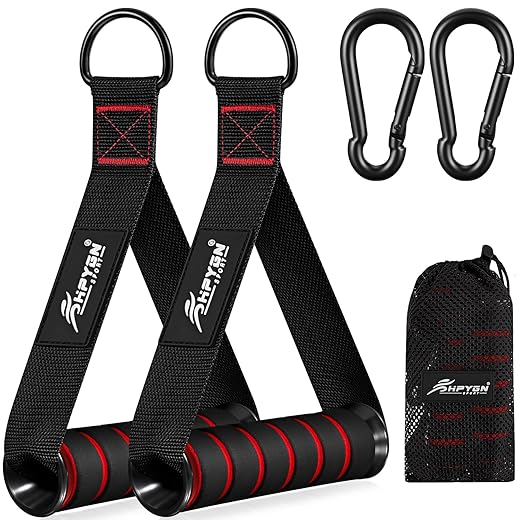
What Are Resistance Bands?
Resistance bands are elastic bands used for strength training, rehabilitation, and general conditioning. They come in various shapes, lengths, and resistance levels. You can tailor your workout to your fitness level and goals. Common types of resistance bands include loop bands, tube bands, and therapy bands.
How Do Resistance Bands Work?
The mechanics of resistance bands are relatively straightforward but highly effective. When you stretch a band, you’re creating tension, which engages your muscles. The more you stretch the band, the more it resists. This provides a unique, adjustable form of resistance training.
Key Mechanics of Resistance Bands:
Advantages Over Traditional Weights
While traditional weights such as dumbbells and barbells offer substantial benefits, resistance bands present some unique advantages that may surprise you:
| Benefit | Resistance Bands | Traditional Weights |
|---|---|---|
| Cost | Generally inexpensive (e.g., ProForm Resistance Bands, about $30) | Higher investment for sets |
| Portability | Lightweight and easy to transport | Bulky and often require a gym setup |
| Versatility | Used for multiple muscle groups | Limited to specific exercises |
| Safety | Lower risk of injury; less strain on joints | Higher risk if not used properly |
| Range of Motion | Greater flexibility in movement patterns | Limited to the weights used |
Versatility in Workout Routines
One of the significant benefits of resistance bands is their adaptability across various fitness routines. Whether you’re focusing on strength training, Pilates, or even cardio, resistance bands fit right in.
Examples of Resistance Band Exercises:
Recommended Products:
Types of Resistance Bands
Resistance bands are very versatile fitness tools. They can improve strength, flexibility, and rehab. With various types available, each offers unique benefits and suitable exercises. Let’s explore the types of resistance bands: flat, tube, loop, and figure-eight. This will help you choose one that fits your fitness goals.


Flat Bands
Structure
Flat bands are long, flat strips of latex or rubber. They come in different lengths and thicknesses. Users can adjust the resistance by folding or doubling the band.
Resistance Levels
Best Suited Exercises
Flat bands are great for a range of exercises, including:
Recommended Product:
Tube Bands
Structure
Tube bands are typically made from rubber tubes with handles on each end. The handles make them easy to grip. They provide a secure connection for various exercises.
Resistance Levels
Best Suited Exercises
Tube bands work well for:
Recommended Product:
Loop Bands
Structure
Loop bands are continuous rings of elastic material. Their thickness and width can vary. They are particularly popular for lower-body workouts and stretching.
Resistance Levels
Best Suited Exercises
Loop bands excel in:
Recommended Product:
Figure-Eight Bands
Structure
The shape of figure-eight bands resembles an ‘8’ with two handles. They are for gripping during workouts. This design allows for different resistance levels. The bands depend on how much they stretch.
Resistance Levels
Best Suited Exercises
Figure-eight bands are effective for:
Recommended Product:
Comparison Table
| Band Type | Structure | Best Uses | Notable Brands/Products |
|---|---|---|---|
| Flat Bands | Flat strips | Full body, rehab | ProForm Resistance Bands |
| Tube Bands | Rubber tubes | Upper body, strength training | TheraBand Resistance Tubing |
| Loop Bands | Continuous loops | Lower body, warm-ups | Fit Simplify Resistance Loop Bands |
| Figure-Eight Bands | ‘8’ shaped bands | Upper body isolation | Perform Better Figure Eight Resistance Band |
With these categories, you’re almost ready to choose a resistance band for your fitness journey. Each type has its advantages. Using them in your workouts can lead to great progress.
Choosing the Right Resistance Band
Selecting the right resistance band can be a game changer in your fitness journey. With so many options on the market, choose wisely. It will help you meet your fitness levels and workout goals. Let’s break this down into manageable parts to help you find the perfect resistance band for your needs.
Assess Your Fitness Level
Beginner:
If you are starting, consider bands with lower resistance levels. Look for bands like the Fit Simplify Resistance Loop Bands. They have a range of resistances, perfect for newcomers. Their color-coded system allows for easy identification of resistance levels.
Intermediate:
For those who have been working out consistently but want to amp up their routines, bands like the Bodylastics Resistance Bands are ideal. They offer adjustable resistance levels that can be increased as you gain strength.
Advanced:
If you’re well-experienced and seeking a comprehensive workout, consider the ProForm Resistance Bands. These bands come with various attachments and a higher resistance that can challenge even seasoned fitness enthusiasts.
Define Your Workout Goals
Your workout goals significantly influence the type of resistance band you should choose. Are you focusing on strength training, toning, or rehabilitation?
Band Resistance Levels
Understanding resistance levels is crucial when choosing a band. Bands typically range in resistance from light to heavy, indicated usually by color. Here’s a quick reference guide:
| Color | Resistance Level | Ideal For |
|---|---|---|
| Yellow | Light | Beginners, flexibility |
| Red | Medium | Intermediate strength training |
| Green | Heavy | Advanced strength training |
| Blue | Extra Heavy | Heavy lifters |
Length of the Bands
The length of the band can also affect your workout experience. For full-body workouts, you’ll want a longer band. Generally, bands range from 4 to 6 feet.
Additional Features: Handles, Anchors, and More
Handles
Some bands come with ergonomic handles, making them more comfortable to use. Black Mountain’s Resistance Bands have adjustable handles for a perfect grip. They fit comfortably in your hands.
Anchors
If you want versatility, consider resistance bands that come with anchors. Bodylastics offers bands with door anchors that make it easy to set up a complete home gym, allowing for diverse workouts.
Versatility
Consider whether you need bands that you can use for different exercises. The Perform Better Mini Resistance Bands come in packs. They have different resistance levels. This allows for a comprehensive workout of various muscle groups.
Practical Examples
When choosing the right band, consider your specific workouts and preferences. Here’s how the bands mentioned above may fit into your routine:
With these guidelines and examples in mind, you’re now better equipped to select the right resistance band tailored to your fitness level and workout goals. Happy exercising!
Final Thoughts on Choosing the Right Resistance Bands
In conclusion, the right resistance band can boost your home workouts. It can greatly enhance your fitness journey. Explore the types of bands and their uses. You will find the perfect fit for your goals and preferences. Choose loop, tube, or fabric resistance bands. Each type has unique features. They can help you train more efficiently. As you decide, consider what best fits your routines and goals for a great workout. Happy training!


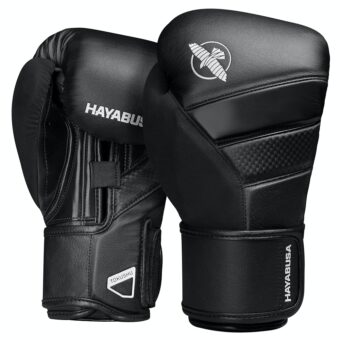
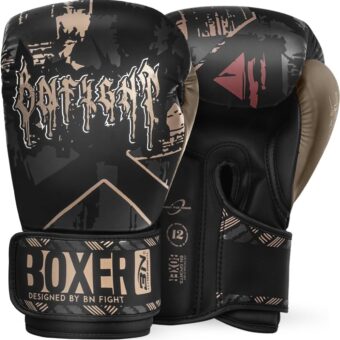
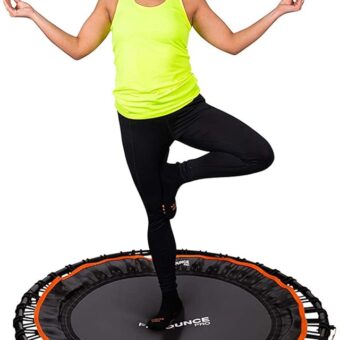
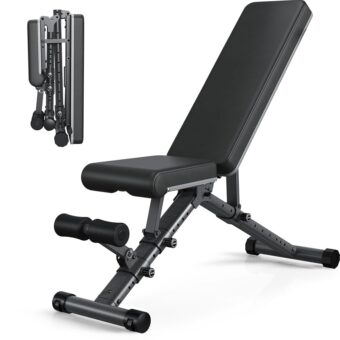
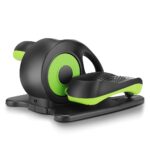

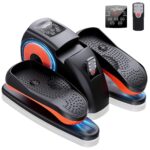

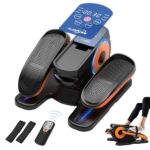




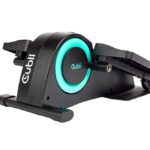
What about using resistance bands for physical therapy? Can you dive deeper into that in future articles?
Absolutely! I’ll consider writing more about resistance bands in rehab settings and how they can help with specific injuries. Thanks for the suggestion!
I’ve heard some bands can snap easily. Do you have any recommendations for more durable options?
Great point! Look for brands like ProForm or Bodylastics, which are known for their quality and durability. They often come with safety features to prevent snapping!
Thanks for the feedback! For beginners, I recommend starting with a light resistance band, like the TheraBand or Fit Simplify bands. They’re great for getting used to the movements without overdoing it!
Awesome article! But I always struggle with which resistance band to pick. They all seem so similar. Any tips for beginners?
I started using resistance bands during lockdown and lost 15 pounds! They really helped me stay fit at home.
That’s fantastic! Resistance bands can be incredibly effective for weight loss and building strength. Thanks for sharing your success story!
I recently started using the Black Mountain Products Resistance Bands, and they’ve been a game-changer for my home workouts. Highly recommend!
Thanks for sharing! The Black Mountain bands are quite popular and versatile. They can really amp up your workout routines!
I’d love to see some workout routines that incorporate different types of resistance bands. That would be super helpful!
I read somewhere that resistance bands can also help with mobility work. Can you elaborate on this? Would love to learn more!
Great insight! Resistance bands can indeed enhance mobility and flexibility. I’ll consider adding a section on that in the future. Thanks for the suggestion!
Totally agree! A workout guide would be awesome. I’ll work on creating some routines that utilize various bands and target different muscle groups!